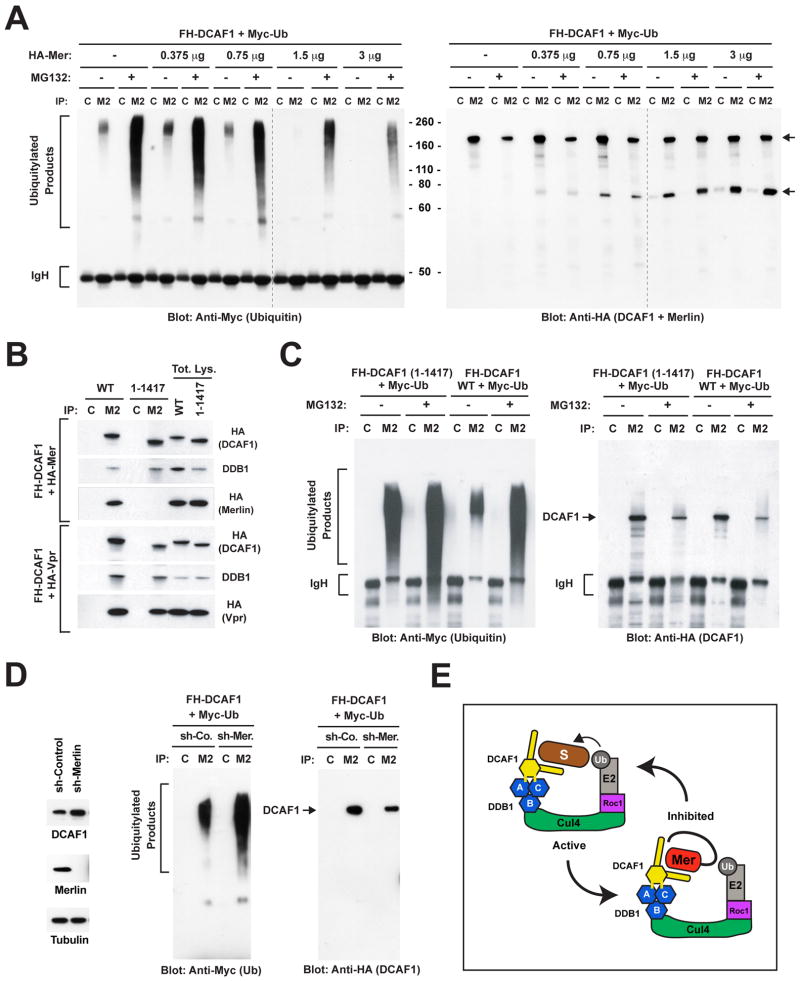Figure 2. Merlin Inhibits CRL4DCAF1-dependent Ubiquitylation.
(A) Cos7 cells were transfected with 3 μg of FH-DCAF1 and 2 μg of Myc-Ubiquitin in combination with the indicated amounts of HA-Merlin and treated with MG132 or left untreated. Flag- or control-immunoprecipitates (M2 and C, respectively) were subjected to immunoblotting with anti-Myc to visualize ubiquitylated proteins (left) or anti-HA to visualize DCAF1 and Merlin (right). Upper arrow points to DCAF1 and lower arrow to Merlin.
(B) Cos7 cells were transfected with FH-DCAF1 or FH-DCAF1 (1-1417) in combination with HA-Merlin (top panel) or HA-Vpr (bottom panel). Flag- or control-immunoprecipitates were subjected to immunoblotting. Levels of expression of DCAF1, DDB1 and Merlin or Vpr were verified by immunoblotting aliquots of total lysates.
(C) As in (B), with cotransfection of Myc-Ubiquitin and treatment or not with MG132. Flag- or control-immunoprecipitates were immunoblotted with anti-Myc (left) or anti-HA (right).
(D) Cos7 cells stably infected with lentiviral vectors encoding a control sh-RNA or a sh-RNA targeting Merlin were subjected to immunoblotting (left) or transfected with FH-DCAF1 and Myc-Ubiquitin followed by immunoblotting of Flag- or control-immunoprecipitates with anti-Myc (middle) or anti-HA (right).
(E) Hypothetical model of Merlin-mediated inhibition of CRL4DCAF1. Merlin is proposed to function as a competitive inhibitor of CRL4DCAF1. Blue hexagons, three β propeller folds of DDB1, which contact Cul4 (B) and DCAF1 (A and C). Yellow hexagon, WD40 domain of DCAF1; yellow sticks, double DxR box implicated in binding to DDB1; S, substrate; Ub, ubiquitin; Mer, closed Merlin.
See also Supplemental Figure S2.

